IDC’s wide experience includes a number of alternative processes available to produce desalinated or demineralised water:
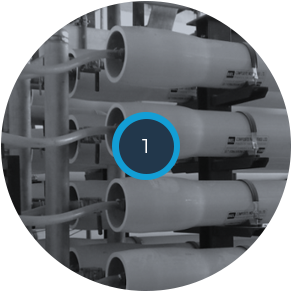
DESALINATION
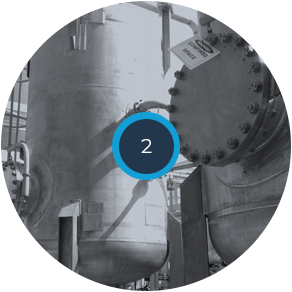
DEMINERALISATION
REVERSE OSMOSIS
Reverse Osmosis (RO) is a water purification process that uses semi permeable membrane to demineralize or deionize water by pushing it under pressure.
The applied pressure, greater than the osmosis pressure, allows the pure water passage through the semi permeable membrane while holding back a majority of contaminants.
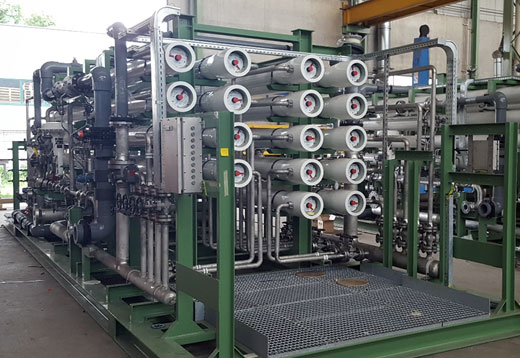
Reverse Osmosis package provided for the Tengiz Oil Field in Kazakhstan.
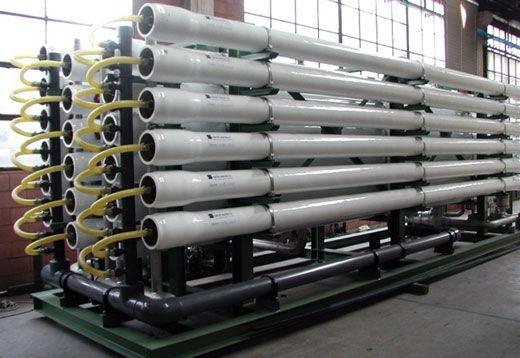
Reverse Osmosis skid, as part of a demineralisation plant provided for Enelpower at Bullylumford Power Plant in Northern Ireland.
ION EXCHANGERS
Ion Exchange is a process of water purification using polymeric ion-exchange resin.
There are mainly two type of Ion exchangers: cation exchangers or anion exchangers. Depending on the process and the water characteristics the ion-exchange resins (both cation and anion) can be strong and/or weak.
Ion exchange is a reversible process, that means that the resin can be regenerated by washing with acid or basic solutions containing excess ions necessary to restore the functionality of the ion exchanger.
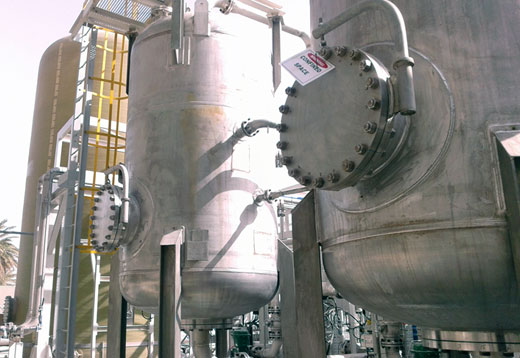
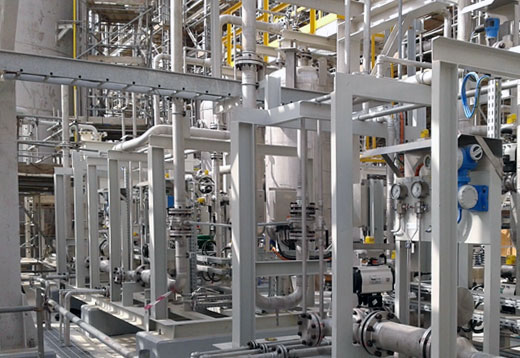
Demineralisation package provided by IDC for the SAFCO V Project in KSA. In the photos are shown the ion exchange vessels (left) and the piping frontal skid (right) after the installation at site.
The Mixed Bed consist of both anionic and cationic resin and in demineralisation plants provides the final removal of TDS especially Silica.
Idroconsulting has references for multiple mixed bed packages, with capacities up to 700 m3/h.
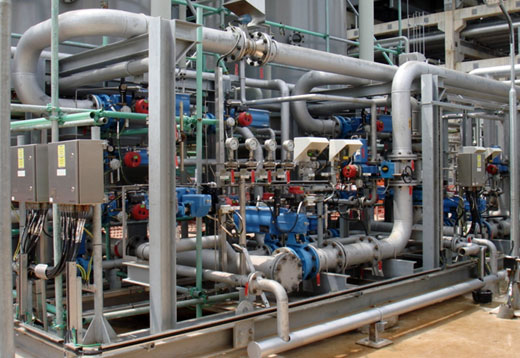
Mixed Bed Demineraliser (frontal skid view), with a capacity of 200 m3/h supplied to Shell Singapore.
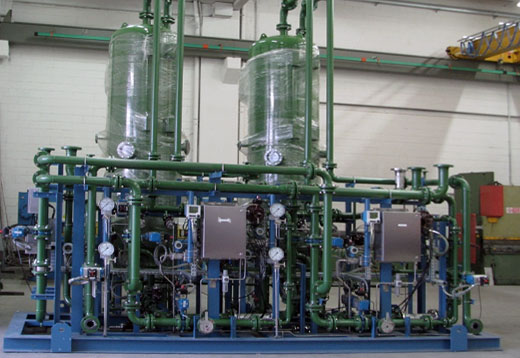
Mixed Bed skid (preassembled at our workshops), supplied to Dei Ali Powerplant, Syria.
EDI
Electrodeionization (EDI) is a water treatment technology that utilizes a combination of electricity, ion-exchange membranes and ion -exchange resin to separate dissolved ions from water. The ion-selective membranes allow the positive ions to separate from the water toward the negative electrode and the negative ions toward the positive electrode. This deionization technology does not involve the use of chemicals.
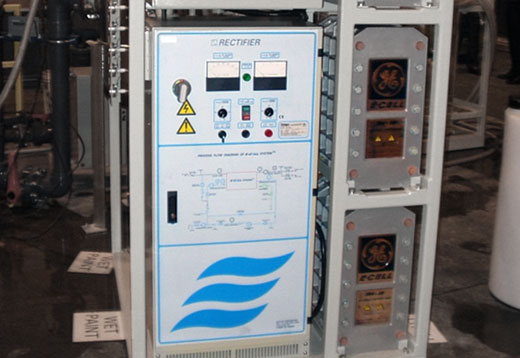
Details of an Electrodeionization unit, installed at Tengiz Chevroil Development Project in Kazakhstan, showing the rectifier and some demineralisation stacks.
